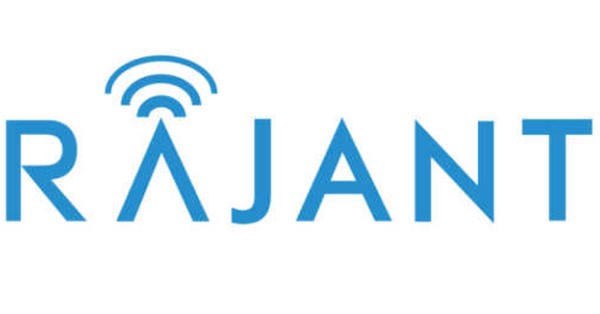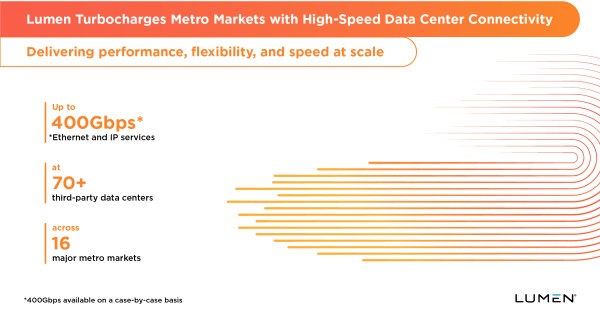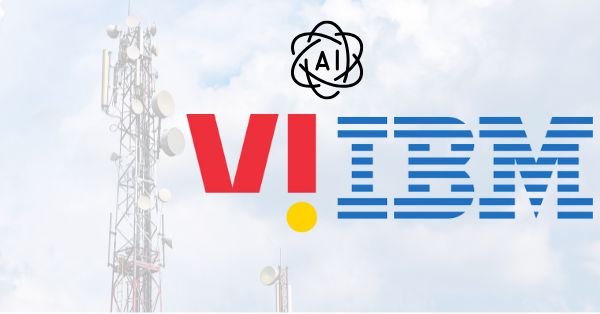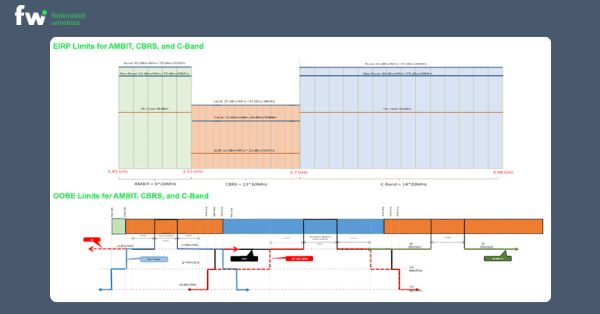Rajant Corporation, the pioneer of Kinetic Mesh® wireless networks, along with Rajant Health Incorporated (RHI), a division of Rajant that is developing cutting-edge technology to provide health insights on-demand, has unveiled its new edge AI platform and will be showcasing the technology at MODEX 2024. Known as the Cowbell, the edge AI platform is a distributed computing hub and platform-as-a-service to streamline and simplify the delivery and management of AI applications at the edge.
According to Muthu Chandrasekaran, Ph.D. RHI VP of Artificial Intelligence, “There has been explosive growth in the number of connected devices in recent years, and without edge computing, the amount of data generated from these devices would severely overwhelm and adversely impact most of today’s enterprise networks. Furthermore, the inflated costs and latencies introduced by the cloud render cloud-hosted AI-based low-latency decision support systems almost impossible, not to mention that the productization of AI and its maintenance is very difficult and complex. The Cowbell platform simplifies this complex problem by providing software, hardware, and networking infrastructure necessary to bring distributed cloud native computing to the edge with what we’re calling MLOps-in-a-Box. By leveraging Rajant’s patented InstaMesh® networking technology, the Cowbell platform facilitates a secure, fault-tolerant, highly available distributed computing cluster over mesh, the first of its kind. Scaling the cluster is automatic when additional Cowbells are added to the deployment.”
Those visiting Rajant at MODEX will also be introduced to Q-Stat, a cutting-edge wearable device created to transform your work experience. The Q-stat’s flexible design strategy allows for all types of different packaging, intended to serve various markets, from people to animals. Packed with advanced sensors, including skin temperature, O2, pulse rate and EKG, along with integrated Wi-Fi and BLE in a sleek, compact design, the Q-stat offers a seamless and enriching experience that caters to your safety and wellness needs.
Rajant Health EVP Giana Schena, Ph.D. shares, “RHI will offer demonstrations of Trovomics, a user-friendly platform designed to provide a fast, no-code solution for omics analysis, empowering researchers to easily and quickly turn their sequencing data into stunning, interactive visualizations. Trovomics has received outstanding feedback and results from academic researchers in biomedical science since its debut, and we are thrilled to bring the platform to MODEX to show individual users the power to investigate their own data.”
Robert Schena, CEO of Rajant and RHI, states, “What we have accomplished here is an ecosystem that includes the enterprise Edge (Cowbell), personal Edge (Q-Stat), and analytics (Trovomics). This ecosystem is called Angelverse™ because we at Rajant believe that people should own and control their own data locally, choosing where, when, and who they wish to share it with. This ecosystem fully integrates Rajant’s industry-leading Kinetic Mesh and the Reios IoT suite of solutions offered by Rajant Italia SRL.”
Rajant EVP of Sales and Marketing Geoff Smith adds, “The Cowbell and Q-Stat will be featured as fully integrated solutions with the Rajant Kinetic Mesh family of wireless networking BreadCrumb® solutions and Kinetic Mesh-enabled Reios IoT platform, which provides comprehensive automated operational intelligence anywhere, which is fast and easy to deploy. Reios brings intelligent insights to all facets of an operation through various devices that support the platform’s different applications – Smart Lighting, sTrack, IoT BMS, sDesk, and Smart Picking.
More on Cowbell:
Housed in a rugged industrial-grade IP-rated enclosure, the Cowbell is a versatile platform perfect for indoor and outdoor use. It constitutes a powerful multi-core CPU and GPU with a plethora of wired (Serial, Ethernet) and wireless (Bluetooth, Wi-Fi, LoRa, Rajant Kinetic Mesh) connectivity interfaces and high-speed storage enabling ingestion, hardware-accelerated processing, and network-resilient transfer of multi-modal data from disparate sensors and peripherals. Applications deployed on the Cowbell can leverage the platform’s microservices-based software architecture and foundational services to serve custom machine learning models and facilitate dynamically configurable data pipelines. This state-of-the-art solution provides all the necessary data APIs to bring customers’ own (containerized or non-containerized) applications into the platform. It automates their deployment and orchestration to ensure availability. Rajant’s Kinetic Mesh ensures secure network transport and complete network isolation when needed. The Cowbell offers an integrated centralized cluster and applications management plane with a simple user interface, providing a seamless cluster provisioning, management, and application deployment experience. Secure remote access is enabled by a lightweight zero-trust VPN solution. Take advantage of the application-level logs, cluster- and node-level resource consumption metrics, and other dashboards for full observability of the health of the cluster and applications.































